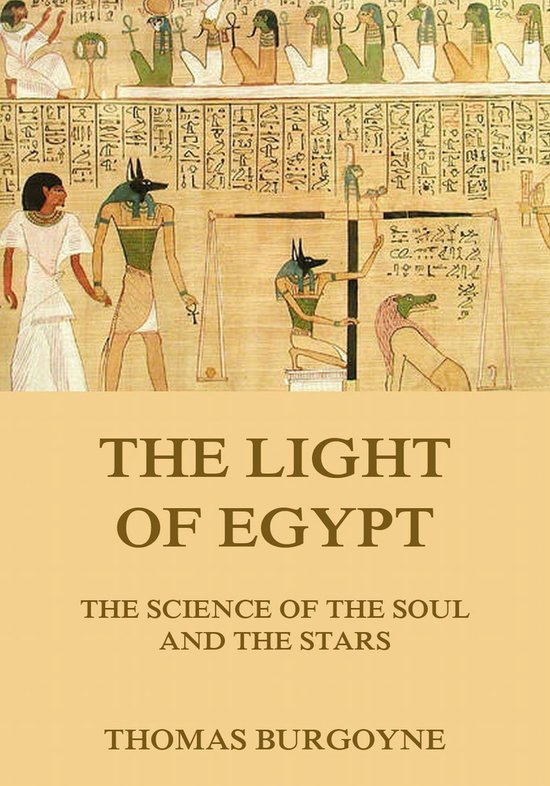
The Light of Egypt
The Light of Egypt: The Science of the Soul and the Stars is a late 19th-century work of occultism by Thomas H. Burgoyne. It explores both the soul and nature of man, as well as his relation to the stars and planets through Burgoyne’s study of astrology. Volume I of The Light of Egypt (included here) is divided into two parts. The first, “The Science of the Soul,” explores the realms of spirit, matter, and the originals of physical life. It also explains the Brotherhood of Light’s views of reincarnation, karma, and mediumship. Unlike the common idea of reincarnation as a literal rebirth of a soul into different bodies here on Earth, Burgoyne argues that this would be a stalling of man’s progress. Instead, we are reborn into a “higher and more perfect form of life.” In part two, Burgoyne goes into more detail regarding the science of astronomy. This science, he explains, consists of two parts. One is astronomy, which “...deals with the suns, moons, planets and stars, and strictly confines its researches to a knowledge of their size, distance and motion.” The other he calls “correspondences,” which explore the “...spiritual and physical influences of the same bodies; first upon each other, then upon the earth, and lastly upon the organism of man.” Like other occultist writers and thinkers, Burgoyne views man as a microcosm of the greater universe. In the zodiac, we find each sign to be associated with a section of the human body. Each also has its own unique characteristics, which he describes from the symbolic, Kabbalistic, intellectual, and physical views. Not only date, but birth time, and birth location, determine man’s physical and mental traits, as well as their fortunes. Burgoyne would not have been impressed with modern horoscopes that lump all people with the same zodiac sign together. The Light of Egypt is a work to be studied over time by those searching for wisdom and truth. It was described by Elbert Benjamine, the founder of the Church of Light (successor to the Hermetic Brotherhood of Luxor), as “the greatest spiritual work of the 19th-century.”
| Auteur | | Thomas H. Burgoyne |
| Taal | | Engels |
| Type | | E-book |
| Categorie | | Religie, Spiritualiteit & Filosofie |


